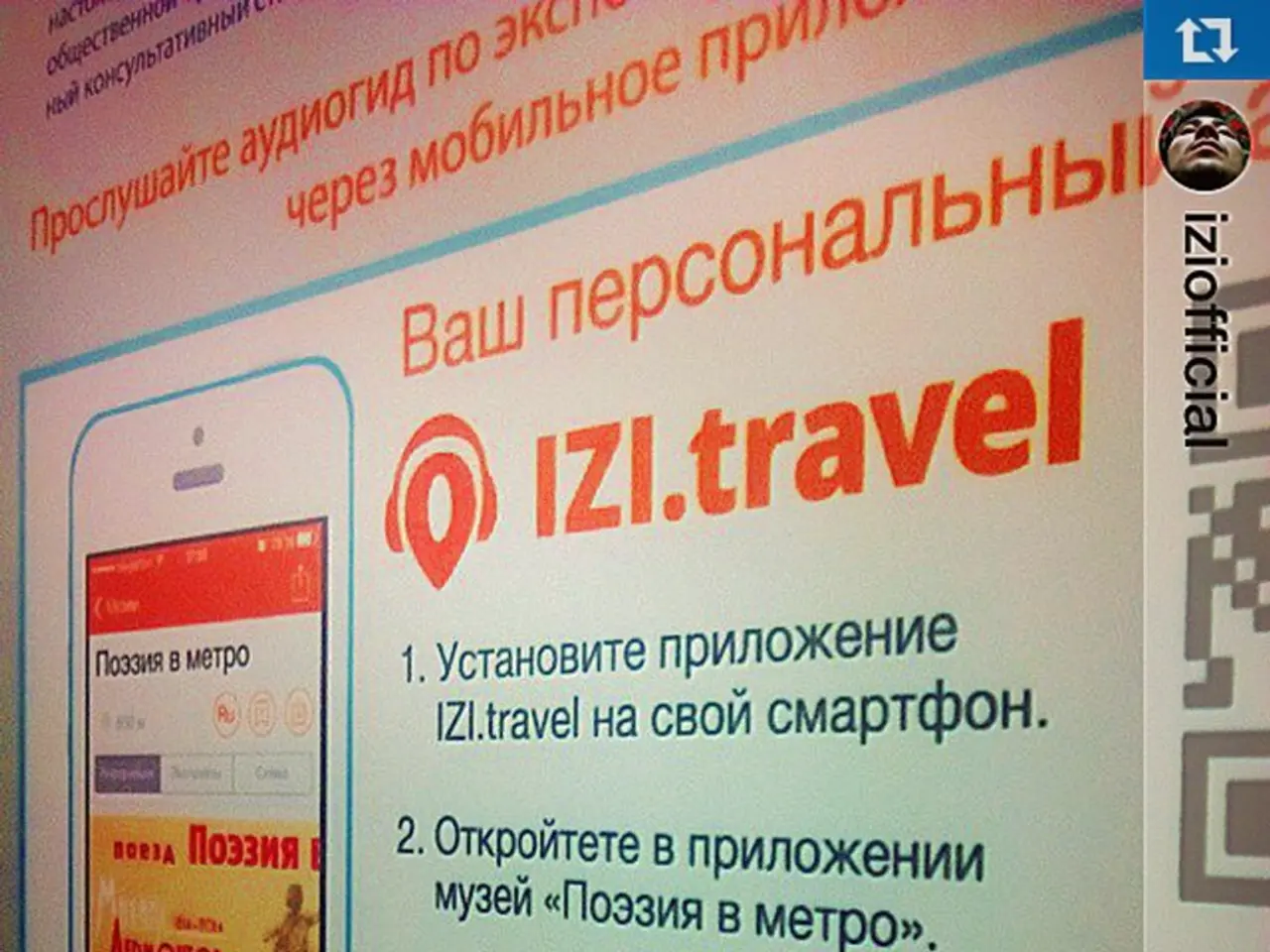Strategies for Overcoming Obstacles in Market Penetration
In the dynamic world of business, entering a new market can be an exciting yet challenging endeavour. A plethora of barriers can hinder the growth of new firms, making it essential to understand these hurdles and devise strategies to overcome them.
The landscape of market entry can be categorised into several key areas: regulatory and legal, economic and financial, structural and competitive, cultural and language, logistical and supply chain challenges.
**Regulatory and Legal Barriers** Navigating complex local laws, licensing requirements, import/export regulations, and compliance with technical or safety standards can be costly and time-consuming. Political volatility or changes in trade policies add further uncertainty to the regulatory environment, making it difficult for new entrants to predict and plan effectively.
**Economic and Financial Barriers** High capital requirements, tariffs, quotas, and incumbent companies' cost advantages can pose significant challenges for new firms. Established companies often have a competitive edge due to their ability to buy raw materials and intermediary products in large volumes at preferential prices, a benefit not easily accessible to new entrants.
**Structural and Competitive Barriers** Brand loyalty, secured supplier relationships, and distribution channels can limit access for new entrants. Products that are highly differentiated require newcomers to innovate to compete effectively. Switching costs for customers and retaliatory actions by incumbents can also discourage new entry.
**Cultural and Language Barriers** Differences in consumer preferences, shopping habits, and cultural norms can impact brand perception and product acceptance. Language barriers complicate communication, marketing, and customer service, underlining the importance of understanding and adapting to local nuances.
**Logistical and Supply Chain Challenges** Inefficient or unreliable local infrastructure and supply chains can increase delivery times and costs. Establishing local warehousing and distribution networks requires investment and local knowledge to ensure smooth operations.
Competition is a healthy sign of established demand for a product. However, competition can also lead to predatory pricing strategies, such as loss leading, which can undercut new entrants financially. Inelastic demand, like that of cigarette smokers, can make it difficult for new entrants to compete through cheaper pricing strategies.
Monopolization of resources, intellectual property disputes, and established brands' larger advertising budgets can further complicate market entry for new players. Sunk costs, regulatory barriers, and economies of scale also act as barriers to entry.
Planning strategies to overcome these barriers early in the product development process is crucial for success. Understanding and adapting to local regulations, cultures, and consumer preferences are key factors in navigating these challenges and achieving market success.
UI design strategies can be crucial for new firms looking to establish a strong presence in the target market, as they help create a unique brand identity that resonates with consumers and differentiates the product from competitors.
In the realm of finance and investing, it's essential for businesses to consider costs associated with regulatory compliance, such as legal fees and time spent navigating complex import/export regulations and technical standards. This financial planning can help reduce unexpected expenses and make the business more sustainable in the long run.




